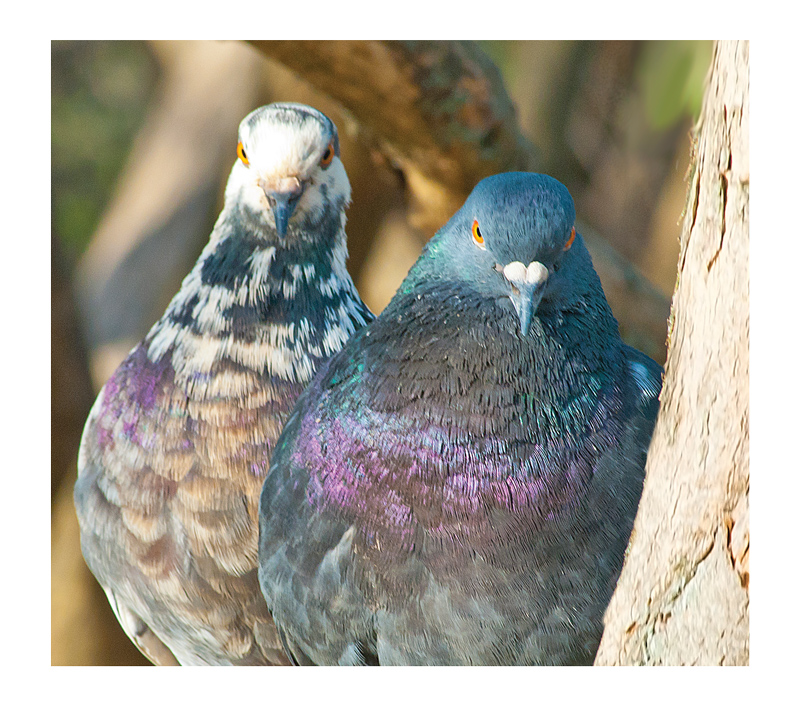Stay Connected
Birds
 Although they are used in experiments in a variety of ways, and unlike many other animals such as dogs, guinea pigs, and rabbits, there is little data available documenting the number of birds used in U.S. laboratories, because birds “bred for use in research” are excluded from coverage under the Animal Welfare Act (AWA).
Although they are used in experiments in a variety of ways, and unlike many other animals such as dogs, guinea pigs, and rabbits, there is little data available documenting the number of birds used in U.S. laboratories, because birds “bred for use in research” are excluded from coverage under the Animal Welfare Act (AWA).
In the European Union (EU), however, birds in laboratories, including agricultural research labs, do have some legal protection, and regulatory policies there require the reporting of their numbers. The latest EU figures available show that birds were used in over 500,000 procedures in 2020, making them the fourth most commonly used animal in research after mice, fish, and rats.
How Birds Are Used
The EU also reports on the types of experiments performed, which, for birds, are primarily in basic research and chemical testing. In the U.S., there is some information about basic and applied research that is funded by the National Institutes of Health (NIH), which has awarded tens of millions of dollars for research using birds. Many of these experiments focus on infectious disease and viruses, including influenza, as well as testing and developing vaccines. Birds are also often used in basic biological research to understand how their bodies function, such as how air flows through their respiratory system during flight, communications and cognitive studies, and toxicology. Research on wild birds is common and may include highly invasive procedures, such as field surgery, but birds can also experience severe distress in the process of being trapped, handled, and restrained.
Additionally, birds (usually chickens and turkeys) are used in research by the agriculture industry in an effort to produce animals who have more “meat” and grow faster and in a more cost-effective manner. Animals can be given chemicals, or even be genetically engineered, to affect their growth rates.
Legal Protection for Birds
Although most birds used in research are not covered by the AWA, it is important to note that some are. In 2000, the U.S. Department of Agriculture (USDA) entered into a settlement agreement with AAVS’s affiliate, the Alternatives Research & Development Foundation (ARDF), following a legal challenge seeking AWA protection for birds, rats, and mice. Although a 2002 Congressional action reversed much of the settlement, USDA did agree to regulate large-scale bird breeders who supply the pet trade, birds in exhibition, and birds used in research, provided they do not fall under the “bred for use in research” exclusion in the AWA.
Unfortunately, it took 20 years of legal wrangling before the USDA finally completed the regulatory process to protect birds. AAVS’s 2018 lawsuit against the USDA, with co-plaintiff, Avian Welfare Coalition (AWC), finally succeeded in a court order instructing the agency to fulfill its legal obligation to issue regulations covering birds as defined in the AWA. On February 21, 2023, USDA issued its final regulations which establish a series of definitions and minimum standards, which, if the agency enforces, should implement some improvements and transparency.

